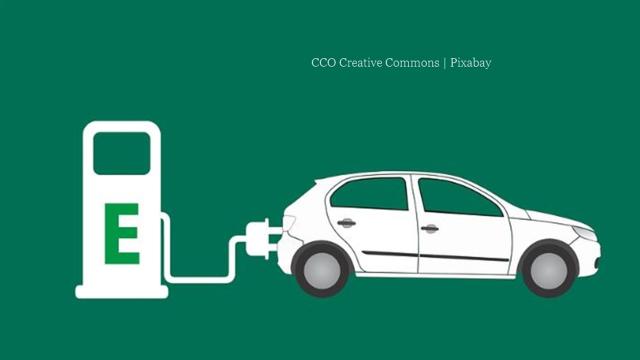As electric cars gain popularity, further attempts are made to rectify their main drawback, a limited maximum range when compared to their petrol and diesel driven rivals. This time Sweden has taken a radical approach as the country was the first to roll out a road which recharges batteries of electric vehicles as they drive. The first 2-km-long stretch of electrified highway is developed and put into service by eRoadArlanda, a government-backed consortium which alongside car manufacturer DAF includes property developers, technology start-ups and academic institutions.
First ever goods electric track compatible with cars and buses
Linking a cargo terminal close to Stockholm's Arlanda airport and the nearby Rosersberg logistics hub, the innovative goods motorway is based on a system where an electrified track carved in the surface of the road transfers power on the go to specially designed electric cars and trucks. As reported by CNBC, the adapted vehicles are to be retrofitted with a connector attached underneath the vehicle. Resembling a movable arm, the feeding part automatically detects when the power rail is near and lowers to the road surface to begin charging directly from the supply track. The contact is automatically raised when overtaking another vehicle.
The system is designed to feed heavy goods vehicles, yet it is claimed to be also capable of charging specially adapted cars and buses. The road's construction, supply and maintenance bills will be paid for by billing the driver for the amount of electricity used en route, as the system calculates the vehicle’s real-time energy consumption. The electric rail is connected to the power grid and functions automatically, as it is divided into individual sections and each such section is powered only when a vehicle is detected above it.
Electric road part of 2030 fuel-free transportation system plan
Electrified railways and roads are based on two methods: inductive technology involving a magnetic transmission of energy, or conductive technology where electricity is supplied either by contact from above through overhead lines or from below via conductors in the road.
Electric roads using overhead charging are already operated in Germany and Sweden. Nonetheless, eRoadArlanda claims that their in-road system is cheaper than the well tested more traditional overhead charging and has a greater potential to succeed. In an interview to Dezeen magazine eRoadArlanda chairman Hans Säll, claimed it to be the most cost-efficient electric road technology to date. The new road system's other advantages include possible adaptation to the existing infrastructure, as it would work for both passenger cars and heavy vehicles. The first ever electrified road within a public highway was completed as a part of a test, which the Swedish consortium plans to expand to other parts of the country as a part of Sweden's ambitious plan to have by 2030 a wholly fossil fuel-free transportation system.
![eRoadArlanda claims that their in-road system is cheaper than the well tested more traditional overhead charging [ Image credit: Dezeen] eRoadArlanda claims that their in-road system is cheaper than the well tested more traditional overhead charging [ Image credit: Dezeen]](https://staticr1.blastingcdn.com/media/photogallery/2018/5/5/660x290/b_502x220x82/eroadarlanda-image-credit-dezeen_1972413.jpg)



